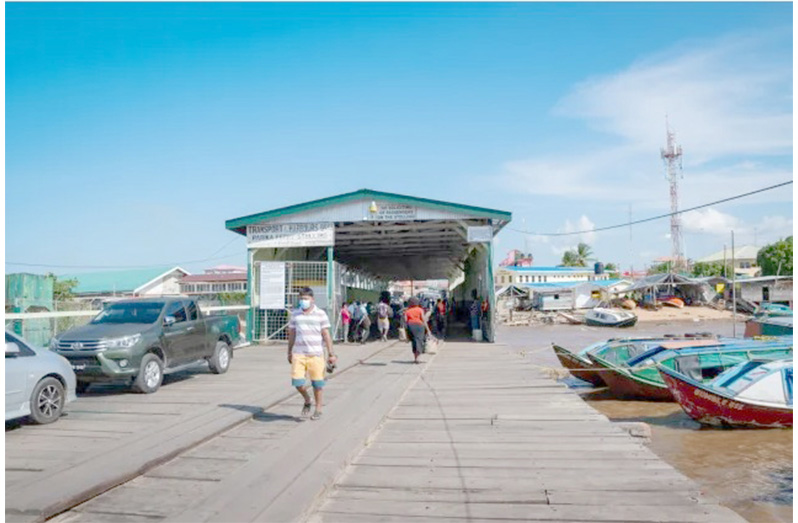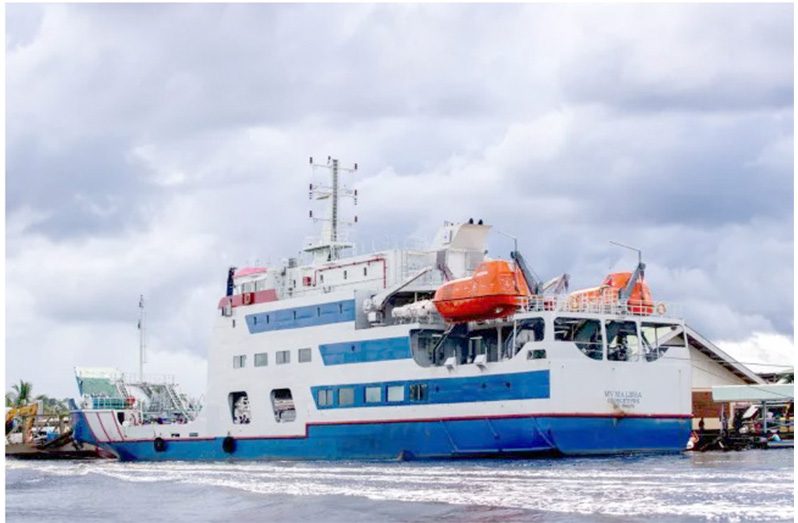OVER the past five years, the Transport and Harbours Department (T&HD) has recorded significant progress in revenue-generation, vessel and stelling rehabilitation, and passenger services.
According to a report provided by the T&HD, revenue from operations nearly quadrupled from $339.2 million in August 2020 to $1.2 billion in 2024.
In the first half of 2025 alone, the department generated $576 million, putting it on track for yet another strong financial year.

Meanwhile, passenger numbers rose from 187,122 in 2020 to 474,339 in 2023.
Vehicle transport more than doubled, from 61,783 in 2020 to 141,867 in 2024, while cargo tonnage reached 241,235 tons.
Trips also surpassed 5,000 in 2023, reflecting a growing demand for river transport.
To support this surge, the government invested over $2.8 billion from 2020 to June 2025 for the rehabilitation of critical vessels.
These vessels include the M.V. Malali, Kimbia, Kanawan, Sabanto, Makouria, Barima, and Sandaka.
Similarly, stelling upgrades received significant funding, increasing from $58 million in 2020 to over $1 billion by June 2025.
Major works on stellings were completed at Leguan, Supenaam, Parika, Bartica, Kumaka, and Wakenaam.
Coupled with this, the T&HD recorded a landmark achievement this year, with the signing of contracts for the construction of a new modern port facility at Parika.
Phase one of this project includes foundation works and river defence, totalling more than $4.5 billion.
Moreover, the department’s fleet was further strengthened with the addition of the Indian-built M.V. Ma Lisha in 2023, servicing the Northwest District, and M.B. Hercules on the Essequibo route.
The government plans to acquire even more vessels to access and reduce the waiting time in high-demand areas.
The department introduced online booking services and expanded its schedules by adding more trips in response to customer demand.
These advancements are firmly establishing the T&HD as a state-of-the-art, efficient transportation hub, significantly enhancing connections throughout Guyana’s riverine regions. (DPI)



.jpg)










